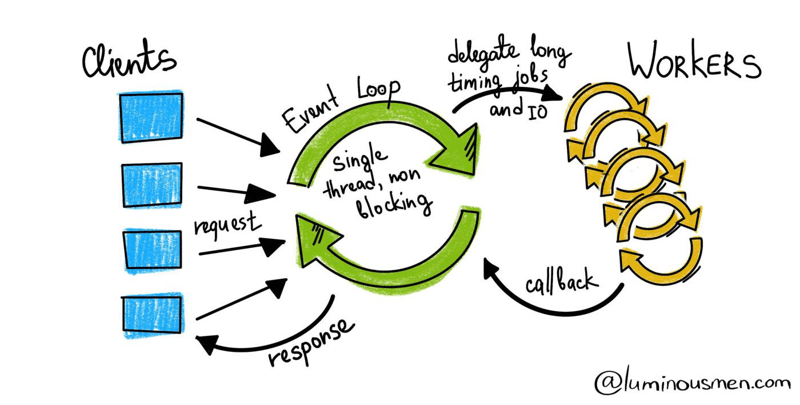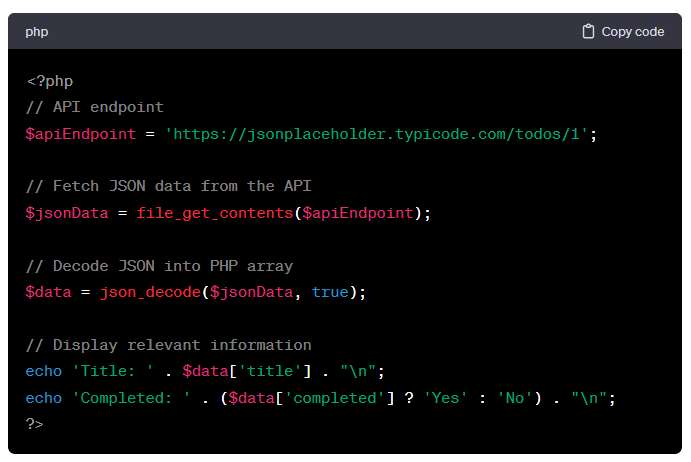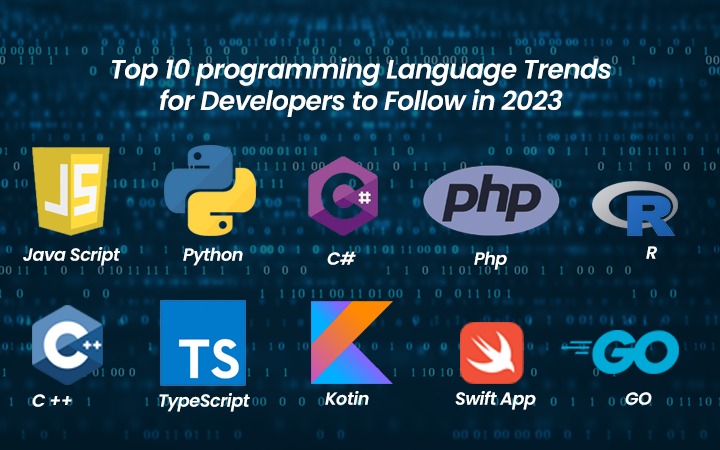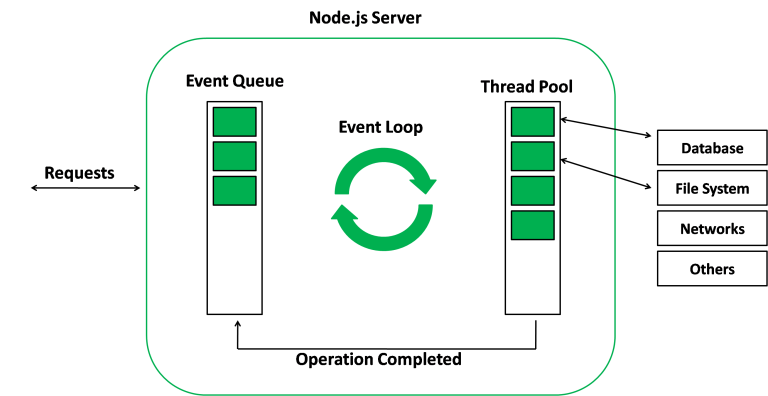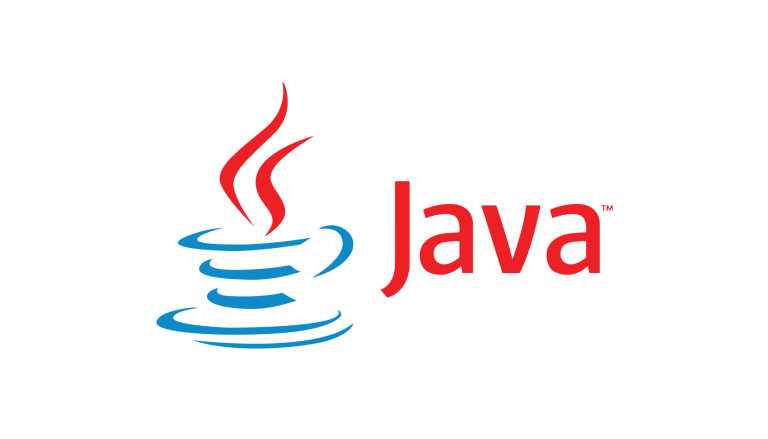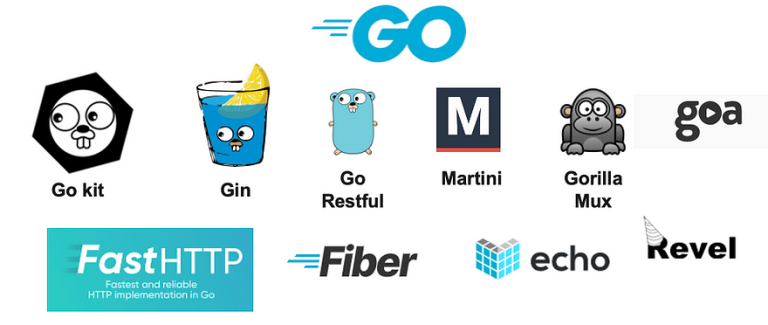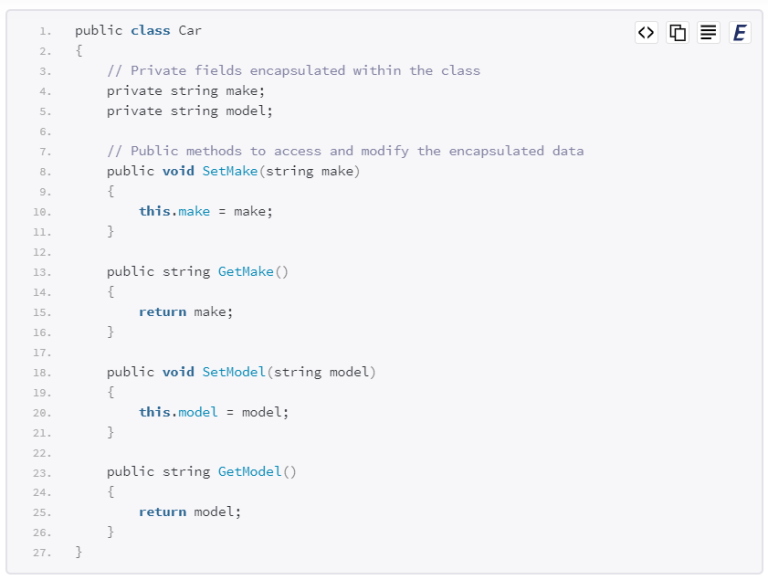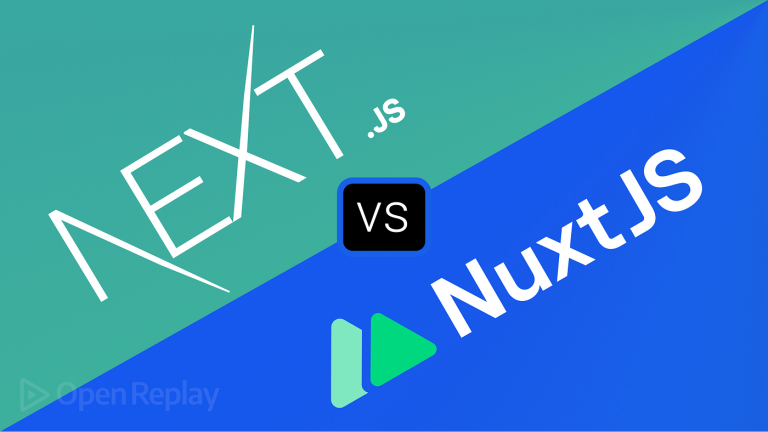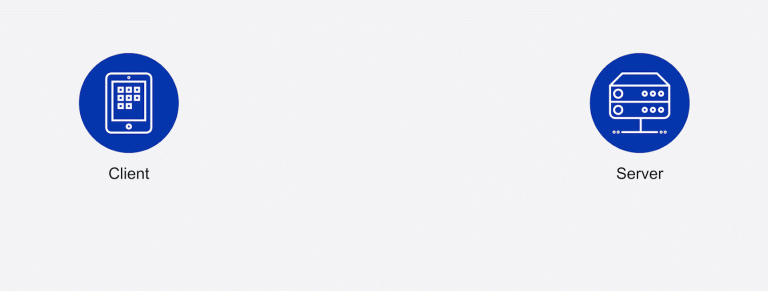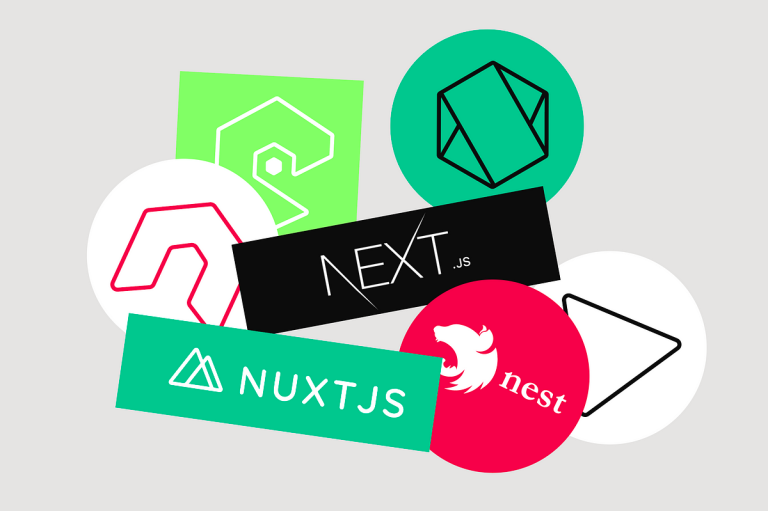Introduction
Non-blocking I/O (Input/Output) is a programming paradigm that allows a program to perform other operations while waiting for I/O operations to complete. In the context of PHP, traditionally known for its synchronous, blocking nature, non-blocking I/O is a paradigm shift that brings efficiency and responsiveness to applications. In this article, we will explore the concept of non-blocking I/O in PHP, its benefits, and how it can be implemented.
Understanding Blocking I/O vs. Non-blocking I/O:
In a traditional, blocking I/O model, when a program initiates an I/O operation (such as reading from a file or making a network request), the program is typically blocked until the operation is complete. During this time, the program cannot perform other tasks.
Non-blocking I/O, on the other hand, allows a program to initiate an I/O operation and then continue executing other tasks without waiting for the operation to finish. This is achieved using asynchronous programming techniques.
Benefits of Non-blocking I/O:
Improved Performance:
- Non-blocking I/O enables applications to make better use of resources by allowing them to perform other tasks while waiting for I/O operations. This can lead to improved overall performance and responsiveness.
Scalability:
- Applications that handle many concurrent connections, such as web servers, benefit from non-blocking I/O as they can efficiently manage multiple tasks simultaneously without being blocked by I/O operations.
Responsiveness:
- Non-blocking I/O contributes to the responsiveness of applications. Instead of waiting for one task to complete, the program can continue executing other tasks, providing a more interactive and user-friendly experience.
Efficient Resource Utilization:
- By avoiding unnecessary blocking, applications can make better use of resources, leading to more efficient utilization of CPU and memory.
Implementing Non-blocking I/O in PHP:
PHP traditionally follows a synchronous, blocking I/O model, but developers can implement non-blocking I/O using various approaches:
1. ReactPHP:
- ReactPHP is a low-level library for event-driven programming in PHP. It provides components for non-blocking I/O, making it possible to develop asynchronous applications. ReactPHP supports features like event loops, Promises, and Streams, enabling non-blocking operations.
$loop = React\EventLoop\Factory::create();
$loop->addTimer(1, function () {
echo "Hello, after 1 second!\n";
});
$loop->run();
2. Amp:
- Amp is another library for asynchronous programming in PHP. It provides abstractions for Promises, which represent values to be available in the future, and asynchronous functions for non-blocking operations.
use Amp\Loop;
Loop::run(function () {
$result = yield someAsyncOperation();
echo "Result: $result\n";
});
3. Swoole:
- Swoole is an event-driven, coroutine-based concurrency library for PHP. It enables non-blocking I/O through the use of coroutines, allowing developers to write asynchronous code in a synchronous style.
co::create(function () {
$result = co::exec('ls');
echo $result;
});
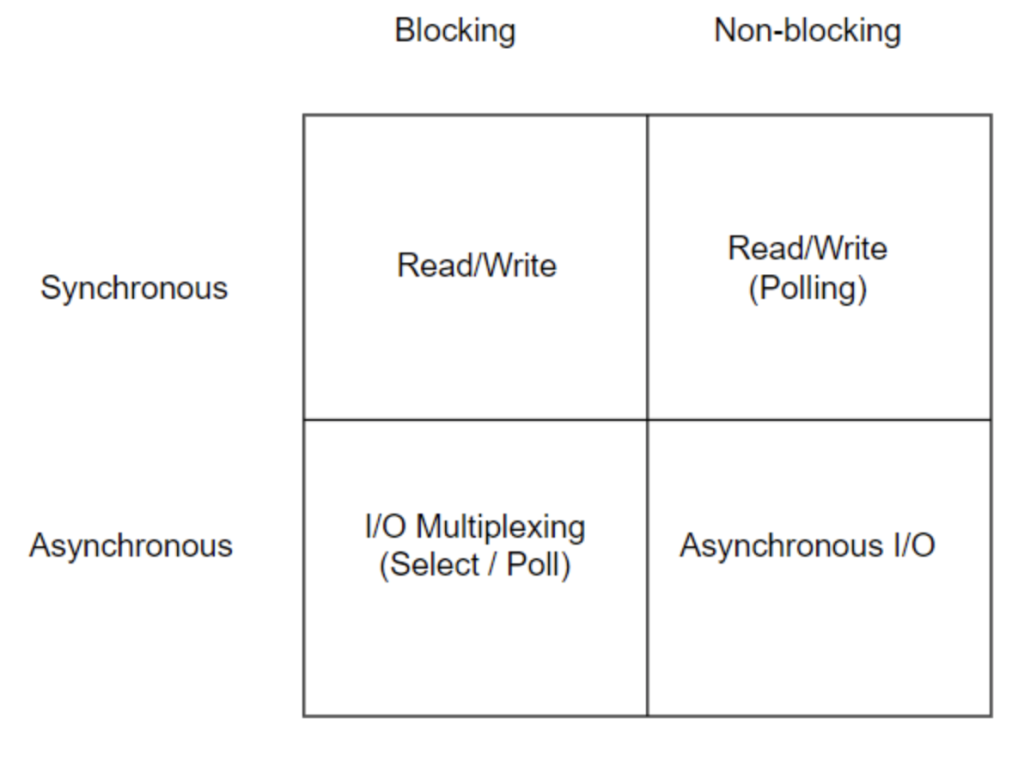
Conclusion:
Non-blocking I/O is a powerful paradigm that brings efficiency and responsiveness to PHP applications, especially in scenarios with high concurrency. Libraries like ReactPHP, Amp, and Swoole provide the necessary tools for developers to implement asynchronous, non-blocking code in PHP. As the demand for scalable and performant applications continues to grow, understanding and leveraging non-blocking I/O becomes increasingly important for PHP developers.

